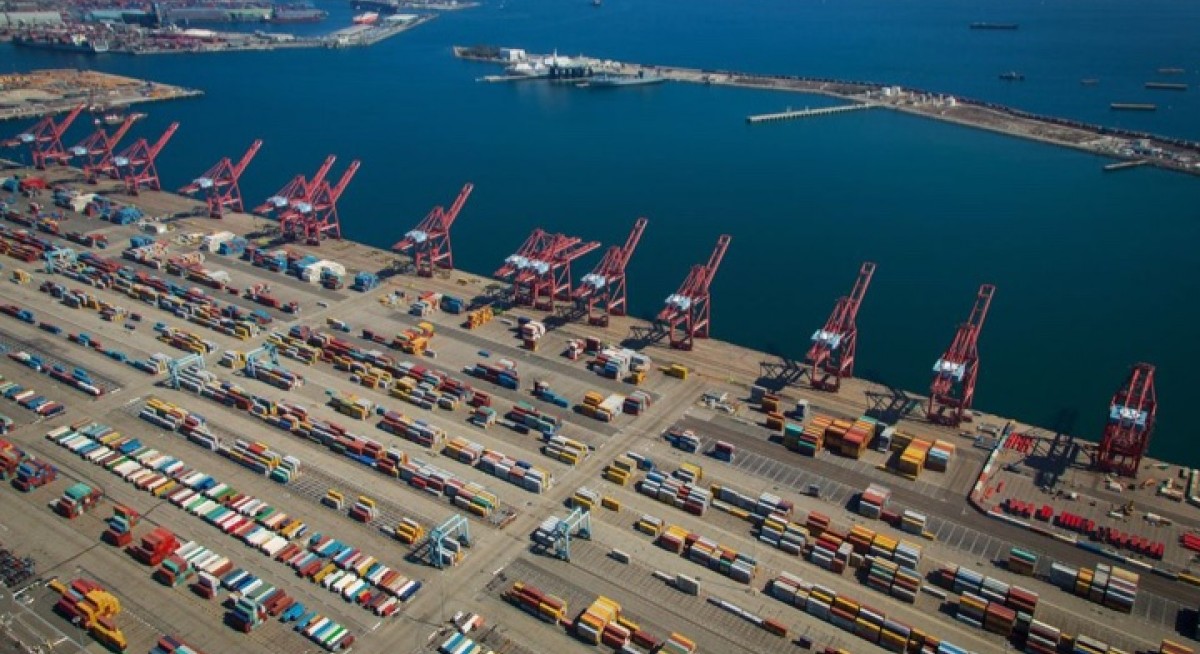What exactly constitutes digital trade? While there is no single recognised definition of digital trade, there is a growing consensus that it encompasses digitally enabled transactions of trade in goods and services that can either be digitally or physically delivered to consumers, firms and governments, notes the Organisation for Economic Co-operation and Development.
Digital trade was practically non-existent just 15 years ago but now exerts a huge impact on GDP growth. Over the last decade, digital global flows have raised the world’s GDP by at least 10%, notes McKinsey & Co.
“All types of flows acting together have raised the world’s GDP by 10.1% over what would have resulted in a world without any cross-border flows,” the firm notes in a report. “This value amounted to some US$7.8 trillion in 2014 alone, and data flows accounted for US$2.8 trillion of this. Both inflows and outflows matter for growth, as they expose economies to ideas, research, technologies, talent and best practices worldwide.”
Digital Singapore
Singapore has long been a leader in advancing free and open trade; in fact, that has been one of the foundations of the country’s economic success. Singapore aims to lead digital trade efforts at the WTO through a Joint Statement Initiative that will see the country “support the development of baseline rules on digital trade, as well as act as a bulwark against digital fragmentation”, said S Iswaran, Minister for Trade and Industry.
Speaking at the opening of the Free Trade Agreement (FTA) Symposium at end-October, Iswaran said the Digital Economy Agreements will also look into emerging areas such as AI and digital identities. Asean’s digital economy is expected to expand to US$300 billion by 2025, up 300%.
“Our FTAs are with countries that collectively account for more than 85% of global GDP and more than 90% of Singapore’s trade,” Iswaran said. “These FTAs have helped our businesses gain access to millions of consumers in markets across the globe.”
Singapore’s Ministry of Trade and Industry noted in a study that businesses will gain an average of 18% higher trade deals after two years, and a further 16% in the third year as a result of these FTAs.
In terms of savings, businesses saved about $720 million in tariffs in 2016, almost double compared with $450 million in 2006.
What would future data innovation look like? Researchers at the IBM Centre for Blockchain Innovation in Singapore are tailoring the TradeLens application to modernise supply chains and help the shipping sector in Singapore remain globally competitive. Currently, many processes for transporting and trading goods are costly, owing to manual and paper-based systems. The blockchain platform can enable participants to digitally connect, share information and collaborate securely across the shipping supply chain eco-systems.
Digital dependence
Data and digital platforms have levelled the playing field for all companies, big or small. Trade was once largely confined to advanced economies and large MNCs. Today, a digital form of globalisation has opened the door to developing countries, small companies and start-ups, and to billions of individuals who can participate individually or collectively.
“Tens of millions of small and medium-sized enterprises worldwide have turned themselves into exporters by joining e-commerce marketplaces such as Alibaba Group Holding, Amazon.com, eBay, Flipkart and Rakuten,” McKinsey notes in its study. “About 12% of the global goods trade is conducted via international e-commerce. Even the smallest enterprises can now be born global: Eighty-six per cent of tech-based start- ups in our survey reported some type of cross-border activity. Today, even the smallest firms can compete with the larg- est multinationals.”
All this data needs to be processed, stored and analysed. Every day, thousands of companies in 170 countries — from banks and airlines to oil and gas companies — depend on the global movement of data to manage operations and serve their customers. IBM is at the centre of this digital economy; it processes 87% of global credit card transactions, manages half the world’s telecoms IT infrastructure and supports nine of the top 10 global retailers.
New technologies have given rise to digitally enabled services that are supported by a range of new services that build on data-driven solutions such as cloud computing. However, in the world of digitalisation, old trade issues may have new consequences, such as the impact of cumbersome border procedures on parcel trade or restrictions on newly tradeable services.
The bottom line: Governments need to pursue agreements that build on four key principles of digital trade: One, permit free flows of data across borders. Two, prevent data localisation mandates. Three, protect algorithms and source codes. Four, remove tariffs on digital trade. The US-Mexico-Canada Agreement, the recently announced US-Japan Digital Trade Agreement and the Digital Economy Partnership Agreements are all important steps in solidifying these trade disciplines. Let us therefore get the “digital” right in digital trade.
Michael DiPaula-Coyle is head of government and regulatory affairs at IBM Singapore and Asean




